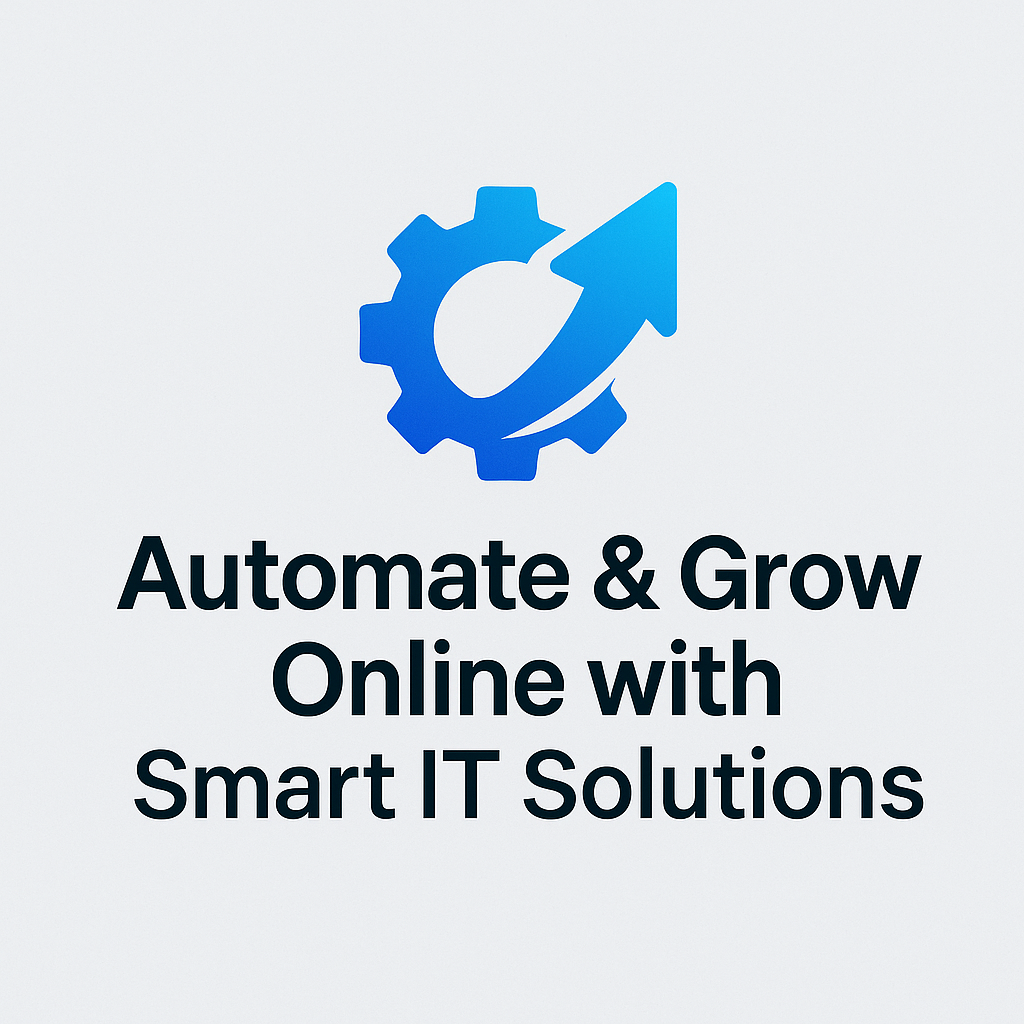The wide-ranging research required to uncover useful quantum computing applications can be divided into five main stages, and an idea typically passes through all of them on the way to real-world impact.
Stage I – Discovery: A new abstract quantum algorithm — like Simon’s algorithm for finding hidden patterns, Grover’s algorithm for unstructured search or the quantum phase estimation algorithm — is discovered and analyzed. These algorithms may theoretically tackle problems faster than classical methods, and deliver foundational results in a given field, but their direct practical utility is often uncertain or limited at this early stage. This work is frequently built upon the most basic, fundamental research into quantum computation’s features and limits (Stage 0).
Stage II – Finding the right problem instances: This stage focuses on finding and characterizing concrete, verifiable problem instances where a quantum algorithm demonstrates a true advantage over all known classical methods. For example, addressing an abstract Stage I problem like “finding a molecule’s lowest energy state” requires identifying specific molecules (the “problem instances”) for which a quantum computer will provide an advantage. This can be challenging because often many instances of real-world problems are solvable by classical computers. The quantum advantage may only be guaranteed in the most complex cases, and classically hard instances can be difficult to identify. The quantum algorithm must successfully compete against a vast array of constantly improving classical approaches to pass this stage.
Stage III – Establishing real-world advantage: This is the “so what?” stage. Having characterized problem instances that we can solve better than classical, this stage asks whether those instances connect to specific, real-world use cases. For example, how does simulating particular molecules we know to be challenging classically (the Stage II “problem instances”) create value for drug discovery? The first common issue at this stage is that the devil is in the details, and it is often challenging to find real world use cases that fit the criteria for quantum advantage identified in Stage II. There is also a knowledge gap for both quantum and application area experts. For example, quantum algorithmists often don’t know the fine details of an application area like battery chemistry, and battery engineers don’t know the fine print of quantum algorithms.
Stage IV – Engineering for use: Once we have a real-world problem instance with quantum advantage, we need to understand how much it will actually cost computationally. This stage is where we do practical optimization, multiple layers of compilation and resource estimation for a specific use case. Key questions here include: how many qubits and gates? How long will the algorithm need to run? For fault-tolerant quantum computing use cases (i.e. cases that use quantum error correction) Stage IV also involves mapping how this error correction will be implemented.


